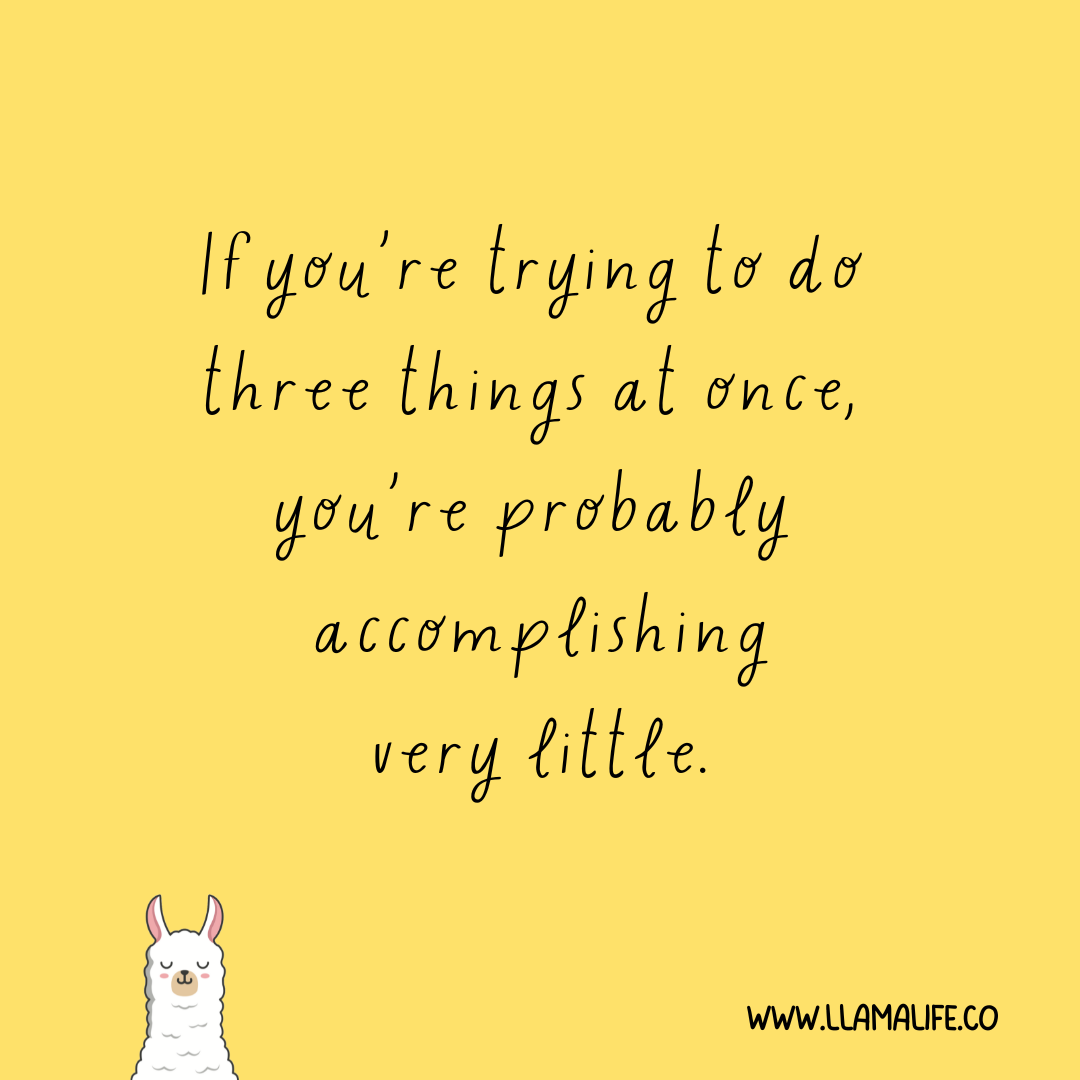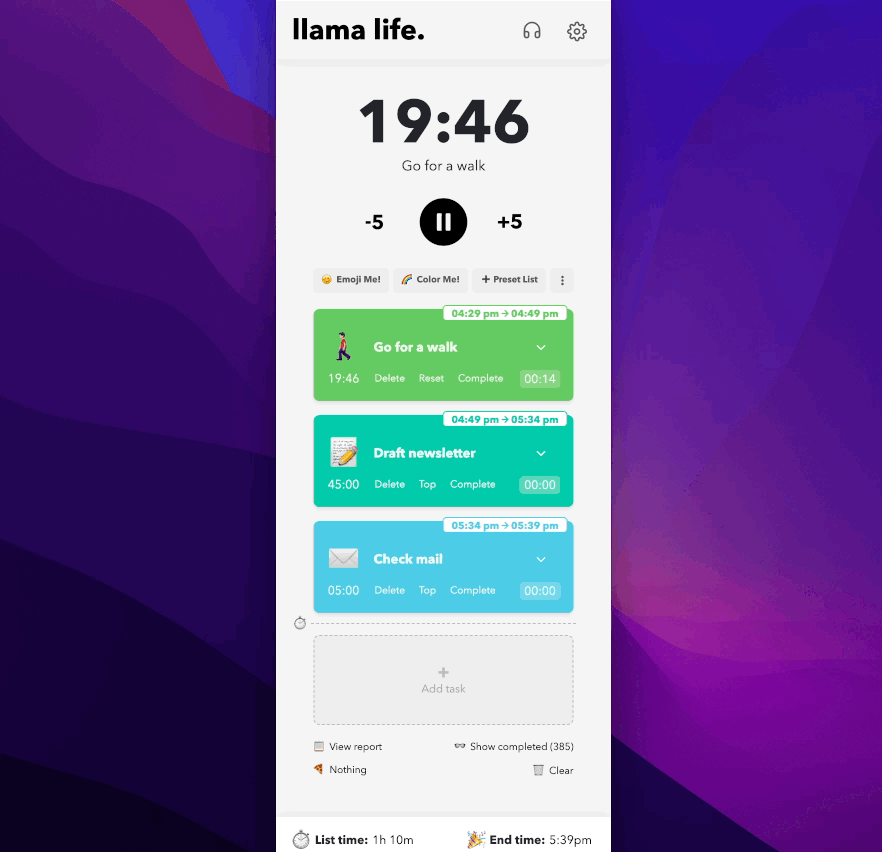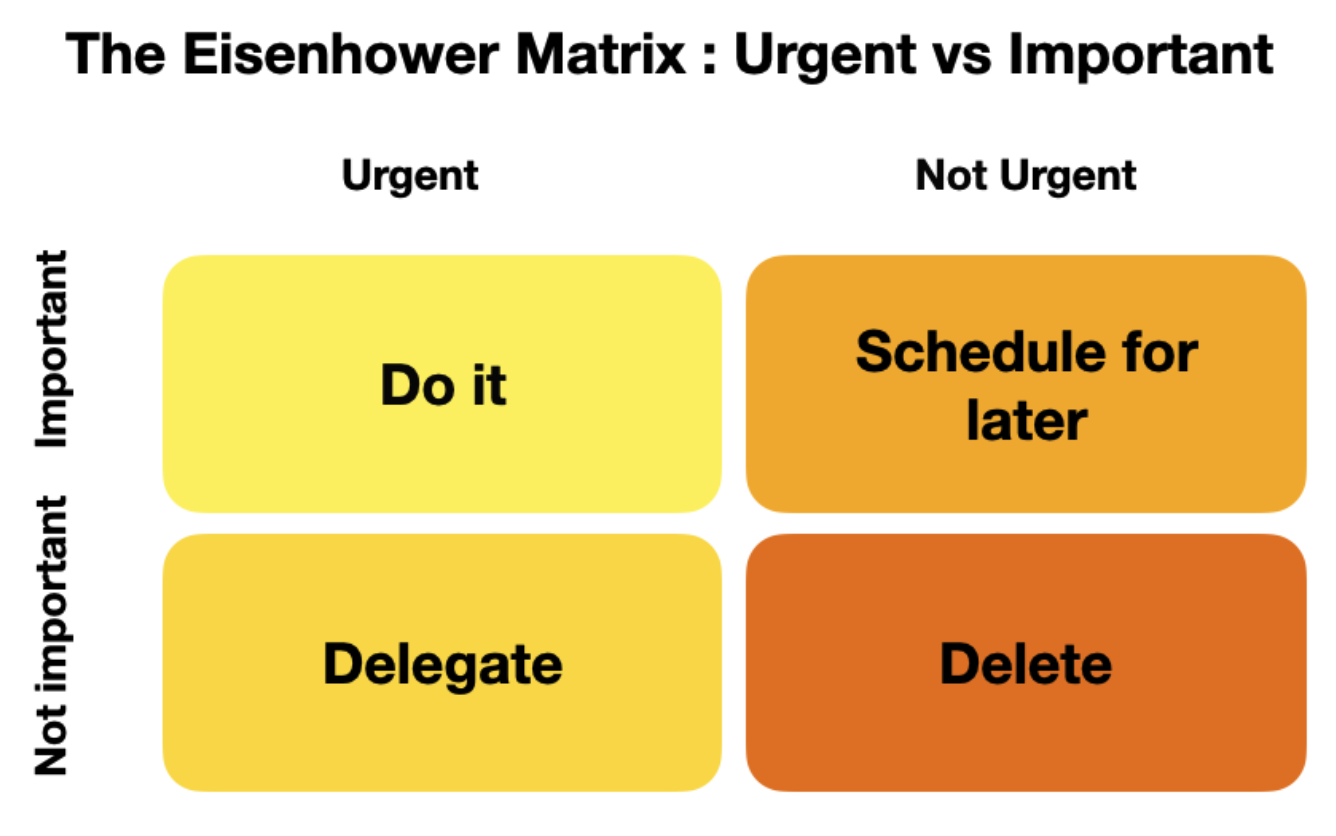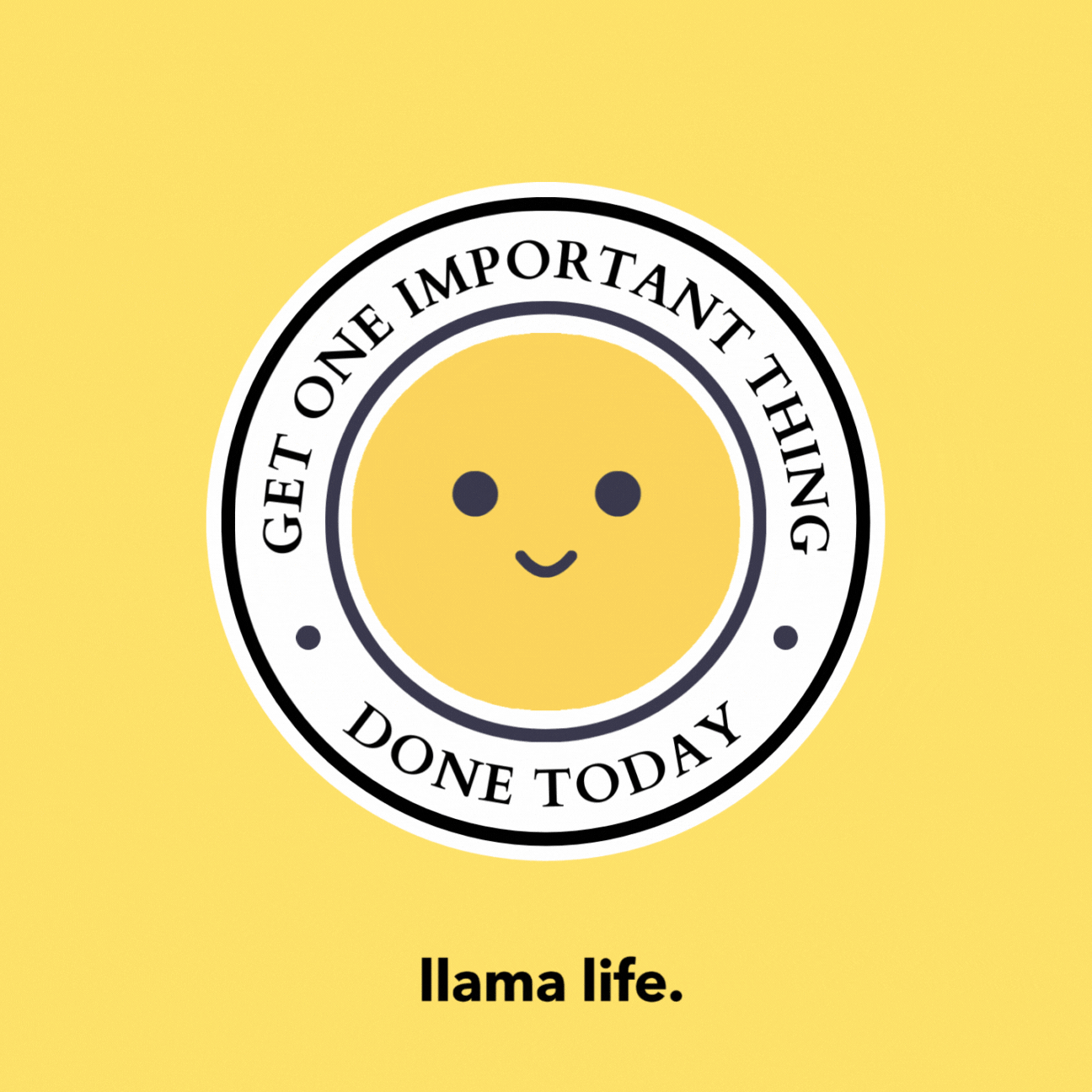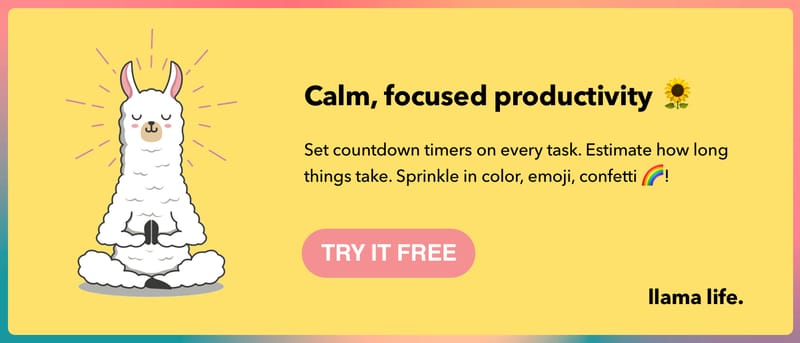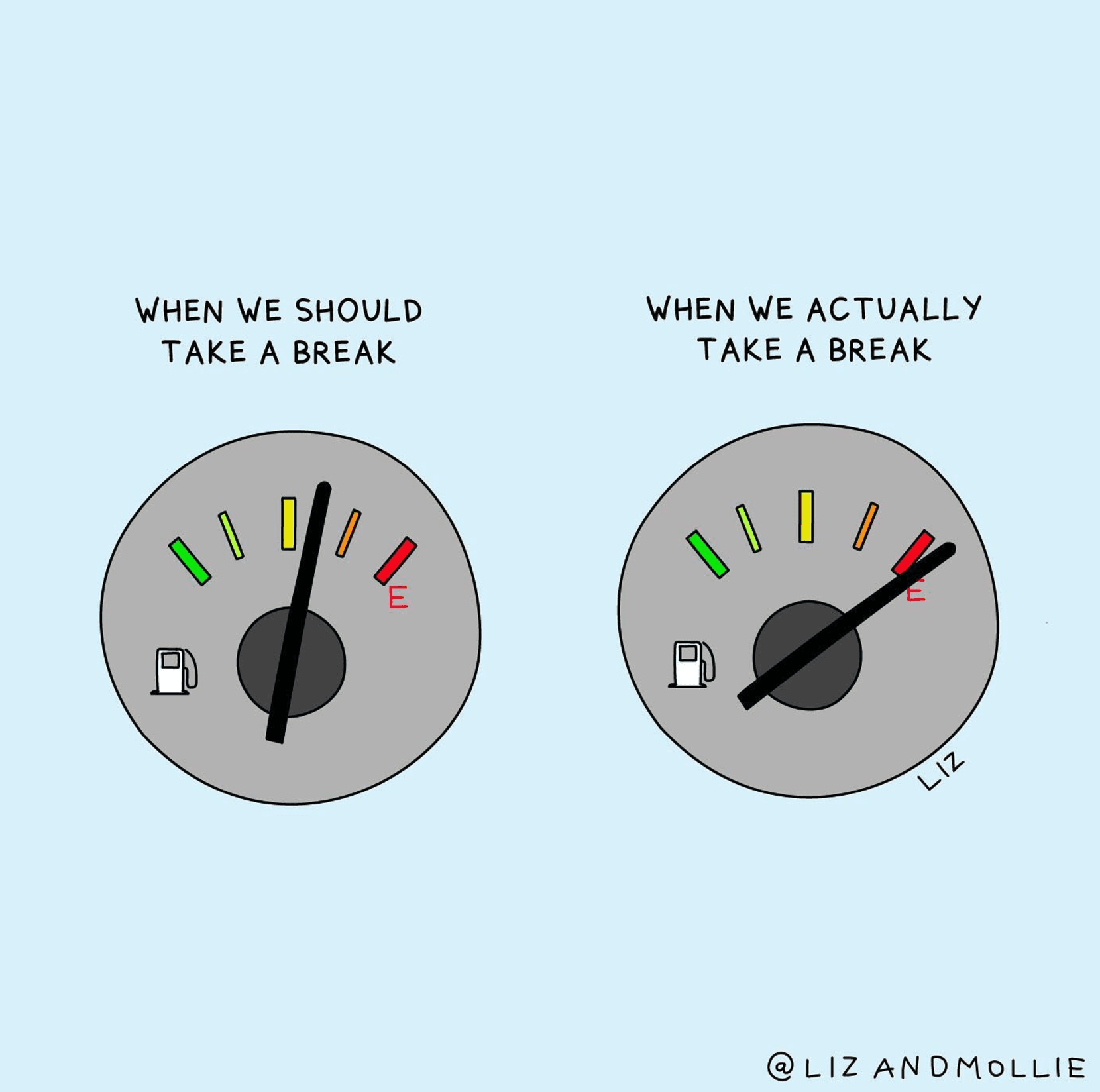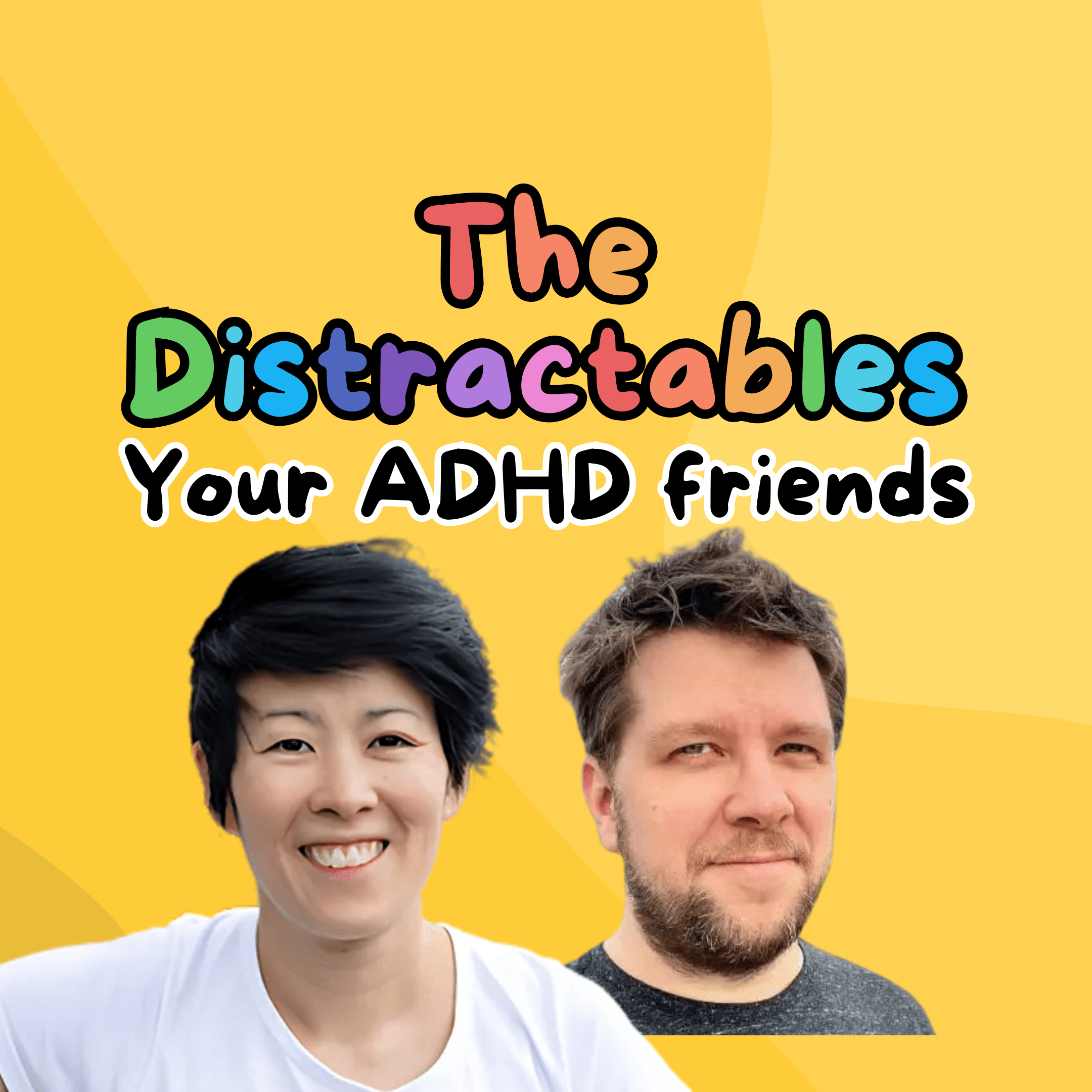Ever found yourself diving into the day’s tasks, only to be bombarded by email pings, Slack messages, the call of social media apps, and the ceaseless ringing of your phone? 😮💨
Yep, us too... it’s the multitasking trap we've all fallen into before!
Today’s world glorifies multitasking as the ultimate productivity hack. But let’s dive deeper...
What if I told you there's an untapped secret that could revolutionize your productivity game?
Enter single-tasking!
The multitasking myth: 6 reasons why multitasking is a productivity pitfall
In our whirlwind of responsibilities, multitasking often feels like our default setting.
But alas, here's why it might not be the solution it claims to be:
- Decreased efficiency: Multitasking doesn't boost efficiency—it drains it. Constantly switching tasks saps valuable time and energy, resulting in reduced overall productivity.
- Quality suffers: Splitting attention across multiple tasks compromises quality. It’s a recipe for errors, oversights, and incomplete tasks.
- Focus takes a hit: Constantly switching gears hampers concentration. This impacts our ability to deeply engage with tasks, shrinking our attention span.
- Stress and overwhelm: Juggling numerous tasks simultaneously can lead to stress overload. Imagine trying to solve a puzzle with pieces flying everywhere. Yikes!
- Slower task completion: Multitasking might feel like progress, but it often prolongs task completion. The time lost transitioning between tasks adds up, delaying the finish line.
- Learning woes: Multitasking confuses the brain. It struggles to retain information effectively, hindering the learning process.
Yep, multitasking is a myth!
In a world sprinting toward doing more in less time, the real power lies in the deliberate focus and dedication of single-tasking.
What is single-tasking?
At its core, single-tasking is about giving your undivided attention to one task at a time. It's saying "no" to the chaos of multitasking and embracing the clarity that comes from focusing on one thing at a time.
Our human brains aren't wired for constant context-switching, especially when concentrating on complex tasks. Multitasking, and moving from task to task, fractures our focus, reduces our productivity, spikes stress levels, and shrinks our attention span.
4 real benefits of single-tasking
Single-tasking isn’t just a buzzword; it could be a game-changer to your time management!
- Rebuilding focus: Dedicate your time and attention to one task to optimize efficiency and save extra time in the long run.
- Stress relief: Embrace single-tasking for a stress-free (or reduced stress) work experience. It's like giving your brain regular breaks to refocus and recharge.
- Supercharged productivity: Focus on one thing at a time and witness accelerated work progress. It's like unlocking hidden blocks of time in your day.
- Fostering creativity: Dive into a single task to create room for innovative thinking. Single-tasking provides the dedicated time for creativity to blossom.
3 steps to start single-tasking successfully:
- Say goodbye to distractions: Create a distraction-free zone and working environment. Silence notifications, put your phone out of sight, or embrace noise-canceling headphones to tune out distractions and avoid context switching.
- Start small, and set a timer: Begin with small, manageable tasks. Set a timer and commit to focusing solely on that task until it rings. Gradually increase durations to build single-tasking stamina. We also suggest you start with shorter periods of time to create positive time constraints. There are great digital timers out there, like Llama Life!
- Embrace meaningful breaks: Between tasks, take regular breaks. Whether a stroll or a moment of meditation, these intervals recharge your productivity and give you a sense of accomplishment.
Popular productivity methods that use single-tasking
Pomodoro Technique
The Pomodoro Technique revolves around timed intervals of focused work followed by short breaks.
- Set a timer: Start a timer for a set period of time, traditionally 25 minutes (known as a 'Pomodoro'). Focus solely on one task during this time.
- Work intensely: Dive into the task with full concentration until the timer rings.
- Short breaks: After completing a Pomodoro, take a short break (usually a five-minute break). Use this time to relax, stretch, or recharge.
- Repeat: After four Pomodoros, take a longer break (around 15-30 minutes) before starting another cycle.
- How to do it: Use a timer (Like Llama Life!) to structure your work intervals and breaks. Stay disciplined during the work phase and use breaks to rejuvenate.
Time Blocking
Time Blocking involves allocating specific chunks of time to individual tasks or categories of work.
- Allocate time: Designate dedicated blocks of time for specific tasks or types of work on your calendar, or task management tool.
- Focused work: During each time block, focus solely on the designated task without switching to other activities.
- Minimize distractions: Create a distraction-free environment to optimize focus during these blocks.
- How to do it: Plan your day or week by blocking off time for tasks or categories of work. Stick to the allotted time for each task without deviating to unrelated activities.
Eisenhower Matrix
This method helps prioritize tasks based on urgency and importance.
Here's how the Eisenhower Matrix it works:
- Quadrant 1 (Urgent and Important): Tasks needing immediate attention.
- Quadrant 2 (Important, Not Urgent): Tasks that contribute to long-term goals.
- Quadrant 3 (Urgent, Not Important): Tasks to delegate or minimize.
- Quadrant 4 (Not Urgent, Not Important): Activities to eliminate or reduce.
- How to do it: Categorize tasks into these quadrants to identify priorities. Focus on Quadrant 2 tasks that contribute to long-term objectives.
The One Thing Method
This approach emphasizes identifying and prioritizing the most crucial task.
- Identify the "One Thing": Determine the most critical task that, when accomplished, will have the most significant impact.
- Focus solely on that task: Dedicate your energy and time to completing this task before moving on to other activities.
- How to do it: Prioritize tasks based on their potential impact and focus on completing the most significant task first before addressing others.
Deep Work Philosophy
Deep Work involves focused, uninterrupted periods of cognitive work.
- Eliminate distractions: Create an environment free from interruptions.
- Engage in concentrated work: Dedicate uninterrupted periods of time to deeply focus on cognitively demanding and challenging tasks.
- Immerse yourself: Engage in this focused work without switching to other tasks or distractions.
- How to do it: Schedule specific blocks of time for deep work sessions and commit to working without distractions during these periods.
Zen Habits
Inspired by mindfulness principles, Zen Habits encourage simplicity and focus.
- Focus on essential asks: Identify and prioritize a few critical tasks.
- Full attention and intention: Commit fully to these tasks with undivided attention and deliberate focus.
- How to do it: Select a few essential tasks, dedicate time to them, and execute with complete focus, emphasizing quality over quantity.
- Experiment with these methods to find what resonates best. Remember, single-tasking isn’t just about doing tasks—it’s about doing them with full attention, unlocking the rewards of focused prowess.
Single-tasking for ADHDers
For our friends diagnosed with ADHD, single-tasking can often be great for their productivity as:
- Reduced cognitive overload: Single-tasking reduces mental clutter, easing cognitive overload.
- Improved attention span: Practice in single-tasking extends attention spans over time.
- Minimal distractions: Tailored strategies minimize distractions for enhanced focus.
- Task completion boost: Finishing tasks sequentially fuels motivation for further progress.
- Stress relief: Structured focus alleviates feelings of being overwhelmed.
Is single-tasking always the right approach for productivity?
While single-tasking can be a great boost to your productivity, it's not always the perfect fit for every situation:
- Creative collaboration: Picture those brainstorming sessions where ideas bounce off each other like ping pong balls. Rigid single-tasking might clip the wings of creativity by limiting the free flow of ideas.
- Emergencies or crisis management: When the world is spinning and every second counts, focusing solely on one task might slow down quick decision-making needed in urgent situations.
- Routine, or repetitive tasks: Some tasks just don't demand the laser focus that single-tasking champions. Think filing paperwork or organizing spreadsheets—they might benefit more from multitasking.
- Jobs with constant adaptability: Roles where flexibility is the name of the game—think customer service or event planning—might need quick switches between tasks to keep up with changing demands.
- Real-time information crunching: Jobs where split-second decisions matter, like stock trading or overseeing critical systems, might need multitasking to process and react to dynamic data in real time.
- Adaptive problem solving: Some tasks, like those involving agile, ever-changing problem-solving, might find single-tasking too linear to handle the iterative nature of the work.
In these scenarios, the structured approach of single-tasking might feel like trying to fit a square peg into a round hole. The natural ebb and flow of these tasks might benefit from a more flexible, adaptable approach.
Recognizing these exceptions highlights the need to adapt your approach to suit the task at hand.
It's about finding the sweet spot between single-tasking’s focus and the dynamic needs of specific tasks or situations. Acknowledging these nuances helps us pick the right tool for the job, ensuring productivity and success, no matter the challenge.
Give single-tasking a try
In a world celebrating busyness, single-tasking emerges as a great method to try. It’s often where true productivity can thrive, distractions fade, and accomplishments achieved!
So, let's embrace the art of doing one thing at a time. Single-tasking isn’t just a productivity approach—it’s the key to reclaiming focus, managing time effectively, and conquering to-do lists with finesse.
Let us know how you go! 🚀
